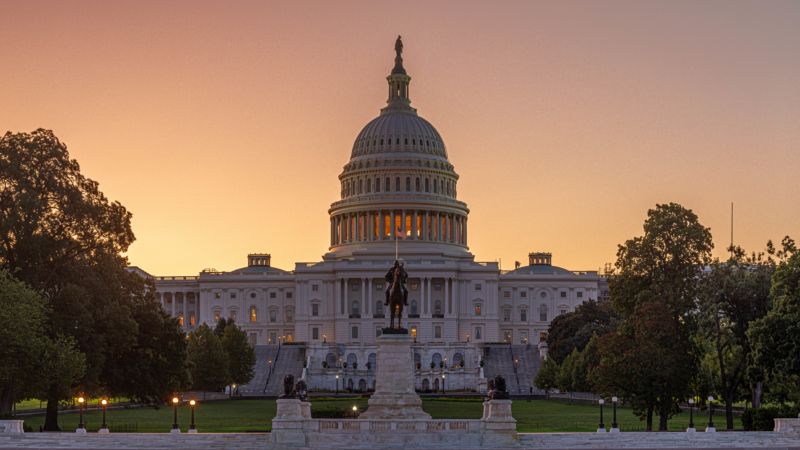You’ve been working day and night on a new case, and just when you think you are starting to get things under control, you run into a statutory roadblock.
Finding the relevant law wasn’t the problem. In fact, you found it right away. The issue is that the statute is frustratingly vague as to how it is supposed to be applied to your situation. And worse, no court has ever attempted to interpret this statute before, as least as far as you can tell from your research.
You then ask yourself, “Is there any other way I can find out how a court may apply this law to my case?” The answer: yes, there is another place you can look. Legislative history.
An overview on the basics of legislative history
Essentially, the phrase legislative history refers to the documents created when lawmakers introduce and debate bills as part of the legislative process. For example, federal legislative history may include several different types of Congressional documents such as:
- Committee reports
- Congressional testimony and floor debates
- Committee hearings
- Different versions of the bill before it is passed
But why is legislative history important? The answer is very simple. If a statute is unclear, lawyers and courts may use legislative documents to try to clarify ambiguous language or help determine what lawmakers were intending when they passed the law (i.e. their legislative intent).
For example, during the legislative process, lawmakers will often discuss why they are creating or changing laws. And if this information is recorded in a report or official testimony, it may offer insight regarding their legislative intent.
So, if you aren’t sure how a vague statute might apply to your case, legislative history may provide the guidance you are looking for. A word of caution, however:
Courts consider legislative history as merely persuasive authority — meaning it isn’t mandatory that they follow it.
Legislative history: What principles do courts follow in statutory interpretation?
You’ve done the work. You’ve combed through multiple pieces of legislative history looking for any document that may explain how a problematic and vague statute may impact your case. And now you think you have the answer you need — but not so fast, you still must convince the court. And that is often easier said than done.
For example, even if you think the statute is unclear, a court may disagree. In fact, many courts may refuse to even consider legislative history if they think the language of the statute already has a plain and ordinary meaning. In situations like this, the court might not think it needs to look beyond the statute since it may presume the “legislature says in a statute what it means and means in a statute what it says there.” 1
Nevertheless, there are still situations in which courts may take a deeper look into legislative history and legislative intent, including:
- The court believes the language is, in fact, ambiguous, unclear, or vague
- The court believes that applying the plain meaning of statutory language would lead to an absurd or unreasonable result
- The court believes that there is clear evidence of contrary legislative intent 2
Once a court decides to consider legislative history, you now have your chance to prove your case using a variety of sources, including legislative reports, testimony, debates, etc. Some courts will even look at earlier versions of the same statute to see how it has changed.
As you can imagine, though, searching through all of this material is a painstaking process. Simply comparing different versions or statutes can take hours, or even days, depending on how complex the statute is and how often it has changed. Thankfully, there are legal research tools available that can help make researching legislative history much easier, including tools that can almost instantly outline and compare statutory changes over time.
It is important to mention, however, that every court and every jurisdiction may handle legislative history and legislative intent differently. So, whether you are looking at legislative history in California, New York, Florida, or any other state, it is absolutely essential to do the research and verify the tests and standards used in that particular jurisdiction.
1. Connecticut Nat. Bank v. Germain, 503 U.S. 249, 253–54 (1992)
2. Moore v. Am. Fed’n of Television & Radio Artists, 216 F.3d 1236, 1244 (11th Cir. 2000)







